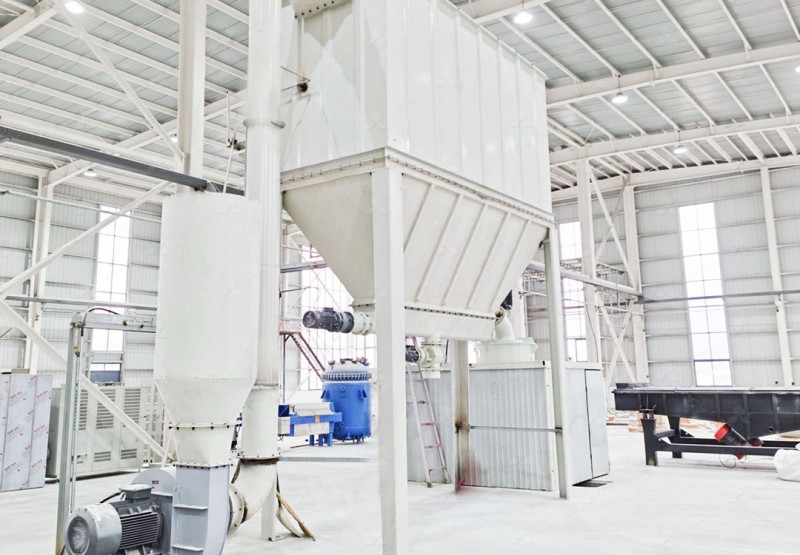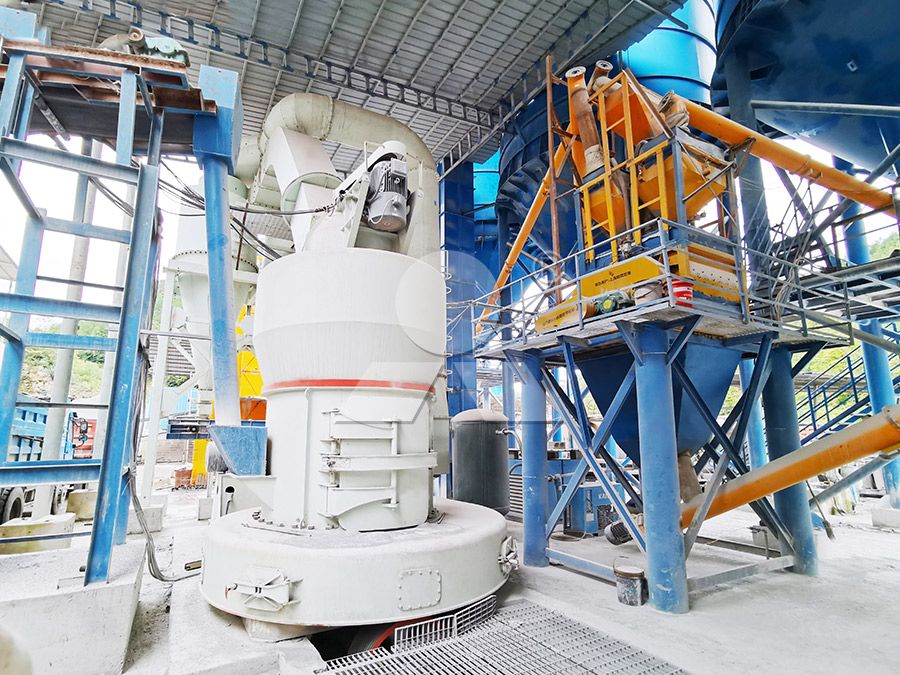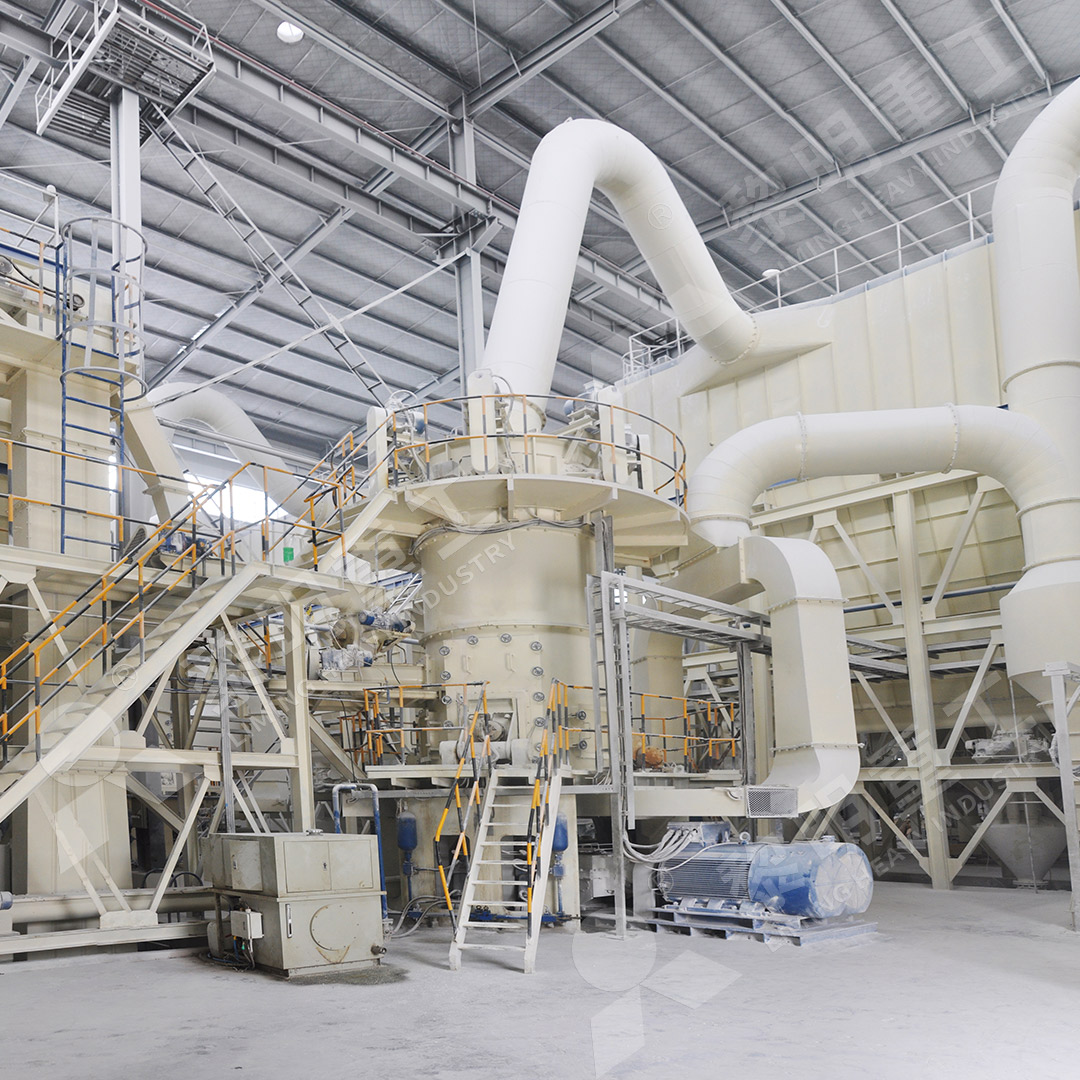Top 5 Calcium Carbonate Grinding Mill Manufacturers for Industrial Use
Navigating the World of Calcium Carbonate Grinding
The industrial demand for finely ground calcium carbonate continues to surge across multiple sectors, from plastics and paints to pharmaceuticals and construction materials. Selecting the right grinding equipment becomes paramount for operations seeking optimal particle size distribution, energy efficiency, and production capacity. The market offers a diverse range of technologies, each with distinct advantages for specific applications. This analysis highlights five prominent manufacturers and their flagship solutions for processing calcium carbonate, providing a clear roadmap for industrial decision-makers.
1. Liming Heavy Industry (LM)
A dominant force in the comminution industry, Liming Heavy Industry has built a reputation for robust and innovative grinding solutions. Their extensive portfolio covers everything from traditional Raymond Mills to advanced vertical roller mills, designed to handle materials like limestone, calcite, and dolomite with high efficiency. A key strength lies in their commitment to digitalized processing, ensuring high precision in core components for reliable, long-term operation.
Among their standout offerings is the MW Ultrafine Grinding Mill. Engineered for customers requiring ultra-fine powder between 325 and 2500 meshes, this machine is a testament to modern grinding technology. It boasts a production capacity 40% higher than jet mills and double that of ball mills under the same power consumption, while simultaneously reducing system energy use by 30%. Its innovative design, featuring a cage-type powder selector and the absence of rolling bearings in the grinding chamber, minimizes maintenance worries and enhances operational uptime. For operations prioritizing ultra-fine output with lower energy costs, the MW series presents a compelling case.

2. Metso Outotec
Globally recognized for mineral processing equipment, Metso Outotec provides grinding solutions known for durability and high availability. Their Vertimill® is a gravity-induced stirred mill that offers a smaller footprint and significantly lower energy consumption—often 30-50% less—than traditional ball mills. This makes it an excellent choice for secondary and regrinding applications in calcium carbonate processing circuits.
3. Schenck Process
Schenck Process specializes in integrated solutions for measuring and process technologies. Their pendulum roller mills are highly regarded for producing high-quality fillers and coating pigments for the paper and paint industries. The machines are designed for precise control over particle top size and a steep particle size distribution, which is critical for many high-value calcium carbonate applications.
4. NETZSCH Grinding & Dispersing
NETZSCH is a leader in wet grinding and dispersion technology. Their agitator bead mills are ideal for producing ultra-fine and nano-grade calcium carbonate slurries. This technology is essential for applications requiring extremely fine particles and a narrow particle size distribution, such as in high-quality paints, coatings, and adhesives. NETZSCH mills excel in efficiency and product quality for wet grinding processes.

5. ALPA Powder Technology
Focusing on ultra-fine and nano-powder processing, ALPA offers a range of jet mills, classifier mills, and ball mill classification production lines. Their strength lies in providing complete, turnkey systems tailored to specific customer requirements for fineness and purity. They are a strong contender for specialized, high-end calcium carbonate products.
Making the Right Choice for Your Operation
The ideal calcium carbonate grinding mill depends heavily on the desired final product fineness, required capacity, and the balance between capital expenditure and operational costs. For general coarse to medium grinding, vertical roller mills and trapezium mills offer an excellent balance. For ultra-fine and nano-grade requirements, specialized technologies like the MW Ultrafine Mill or jet mills become necessary.
For those seeking a versatile and highly efficient vertical solution, Liming’s LUM Ultrafine Vertical Grinding Mill is another top-tier option. It integrates grinding, grading, and transporting into a single unit, featuring advanced roller technology and an energy-saving multi-head powder separating system that reduces consumption by 30-50%. Its reversible structure also simplifies maintenance, a critical factor for minimizing downtime.

Ultimately, partnering with a manufacturer that offers comprehensive technical support and a reliable supply of spare parts, as Liming does, is as crucial as the machine’s initial specifications.
Frequently Asked Questions (FAQ)
What is the typical fineness range achievable for calcium carbonate grinding?
Fineness can range from coarse powders of around 100 mesh to ultra-fine products exceeding 2500 mesh. Technologies like the MW Ultrafine Mill are specifically designed for the high end of this spectrum (325-2500 meshes).
How important is energy efficiency in selecting a grinding mill?
Extremely important. Grinding is often the most energy-intensive stage in mineral processing. Mills like the LUM Vertical Grinding Mill or Vertimill® can reduce energy consumption by 30-50% compared to traditional ball mills, leading to significant operational cost savings.
What are the key maintenance considerations?
Look for designs that facilitate easy access to wear parts. Features like the MW Mill’s external lubrication system or the LUM Mill’s reversible roller structure drastically reduce maintenance time and complexity, ensuring higher operational availability.
Can these mills handle other materials besides calcium carbonate?
Yes, most of these mills are versatile. They can commonly process other non-metallic minerals like dolomite, talc, barite, and gypsum, depending on their hardness and abrasiveness.
What should I look for in a manufacturer beyond the machine itself?
Prioritize manufacturers with a proven track record, strong global service and support networks, and a commitment to providing original spare parts. This ensures long-term, worry-free operation and protects your investment.
